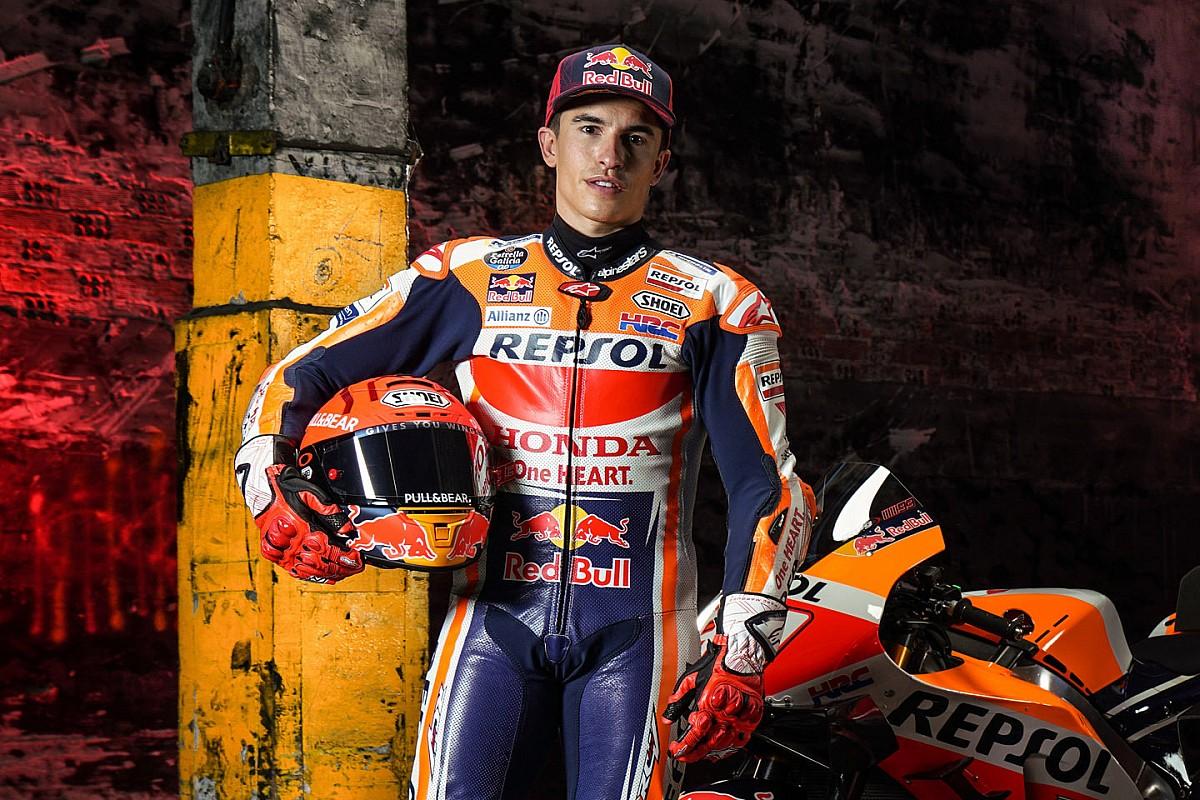Notifications
9 minutes, 3 seconds
-37 Views 0 Comments 0 Likes 0 Reviews

In the fast-paced world of MotoGP, every second counts. Riders push their limits, racing at speeds that exceed 200 mph, often inches from the asphalt. In this dangerous environment, one crucial piece of gear stands between riders and catastrophic injuries: the MotoGP suit.
Designed for speed, safety, and comfort, MotoGP suits are not your average leather jackets. These high-tech racing suits are specifically crafted to protect riders in extreme conditions, combining cutting-edge technology, superior materials, and unparalleled craftsmanship. Let’s explore what makes MotoGP suits the epitome of protective gear for motorcyclists.
What Are MotoGP Suits?
A MotoGP suit is a one-piece suit made of high-quality leather, worn by professional riders in the MotoGP championship. More than just protective gear, these suits are designed to optimize a rider’s performance while ensuring maximum safety during crashes.
Each suit is custom-tailored to fit the rider's unique body shape and racing posture, ensuring a perfect balance of comfort, mobility, and protection. The precision with which these suits are designed is one of the reasons they are so highly regarded in the world of professional motorsport.
The Materials That Make MotoGP Suits Unique
The materials used in MotoGP suits are critical to their performance. The outer layer is typically crafted from premium kangaroo leather, which is lighter, more durable, and more abrasion-resistant than traditional cowhide. Kangaroo leather’s strength allows for thinner, more flexible suits that still provide exceptional protection.
Inside, the suit features materials like Kevlar® and Aramid fibers, which offer high resistance to tearing and abrasion. The interior may also include stretch fabrics, mesh linings, and moisture-wicking materials for comfort during long, sweaty races.
To enhance protection in high-impact zones, MotoGP suits are reinforced with shock-absorbing armor, often made from high-tech materials like carbon fiber, titanium, or aluminum. These reinforcements are strategically placed in areas such as the:
This armor minimizes the risk of injury in the event of a crash, dispersing impact forces over a larger surface area and reducing the likelihood of broken bones or abrasions.
The Life-Saving Airbag Technology
One of the most significant advancements in MotoGP suits in recent years is the integration of airbag systems. In fact, airbag-equipped suits have been mandatory for all MotoGP riders since 2018.
These airbag systems are designed to deploy instantly in the event of a crash, offering additional protection to the rider’s neck, shoulders, back, and chest. The airbags are triggered by sensors embedded within the suit that detect sudden deceleration or impact. Once deployed, the airbags cushion the rider, reducing the risk of serious injuries like broken collarbones, spinal damage, or internal injuries.
Brands like Alpinestars and Dainese have pioneered airbag technology, with their Tech-Air® and D-air® systems, respectively. These systems have been proven to save lives and are now an essential feature for professional MotoGP riders.
Ergonomic Design for Peak Performance
MotoGP riders spend hours hunched over their bikes, leaning into high-speed corners and holding aggressive racing positions. Therefore, MotoGP suits are designed with ergonomics in mind. The suits are pre-curved in the arms, legs, and shoulders to match the rider’s posture on the bike, ensuring the suit doesn’t restrict movement or cause discomfort during long races.
In addition to the pre-curved design, suits also feature stretch panels—usually made of Spandex or accordion-style leather—which allow for maximum flexibility while maintaining a snug fit. This design ensures that the rider remains agile and comfortable without sacrificing protection.
Customization and Sponsorship Branding
A MotoGP suit is not just a piece of safety equipment; it’s also an expression of the rider’s identity and a canvas for sponsor logos. Each suit is custom-designed with the rider’s name, team colors, and logos from their sponsors. The application of these graphics is a meticulous process, as the logos must remain intact even after countless laps around the track and multiple washes.
The customization process extends beyond aesthetics. Some riders request specific adjustments for comfort, such as adding extra padding or altering the fit in particular areas. This ensures that the rider’s suit is tailored for both performance and safety, offering the best possible fit for their unique needs.
Leading Brands in MotoGP Suit Design
The most renowned manufacturers of MotoGP suits are well-established names that have become synonymous with high performance and safety. The leading brands include:
These companies continually push the boundaries of racing suit design, working closely with professional riders to refine their products and introduce innovative technologies.
The Importance of MotoGP Suits in Rider Safety
Racing at speeds over 200 mph on a bike presents undeniable dangers. MotoGP suits are designed to mitigate these risks, providing riders with the best possible protection. Whether it’s the advanced materials, airbag technology, or ergonomic design, these suits offer a level of safety that helps riders perform at their best without fear.
The technological advances in MotoGP suits are not only saving lives on the track but are also helping to shape the future of protective gear for everyday riders. As technology continues to evolve, we can expect MotoGP suits to become even more advanced, incorporating smarter systems and lighter, more protective materials.
Conclusion
MotoGP suits are more than just high-tech apparel for professional riders—they are the culmination of years of research, development, and innovation. From their advanced airbag systems to their custom fits and sponsorship branding, these suits represent the pinnacle of motorcycle racing safety and performance.
For the riders, a MotoGP suit is not just about protection; it's about giving them the confidence to push their limits and compete at the highest level. For fans and aspiring racers, understanding the intricacies of these suits adds a whole new layer of appreciation for the sport and the gear that makes it all possible.

